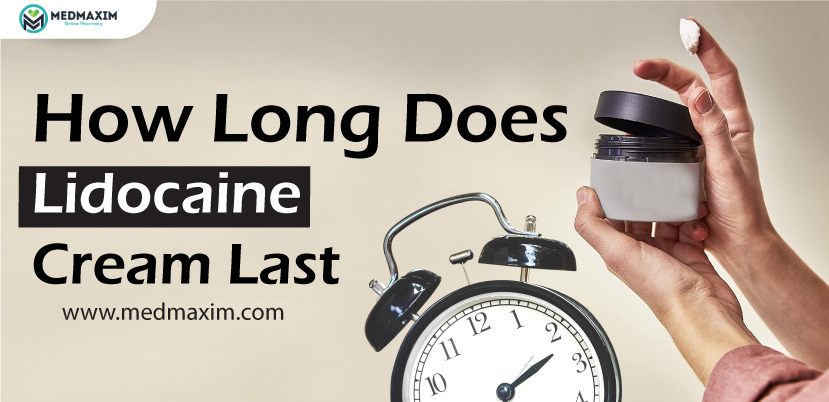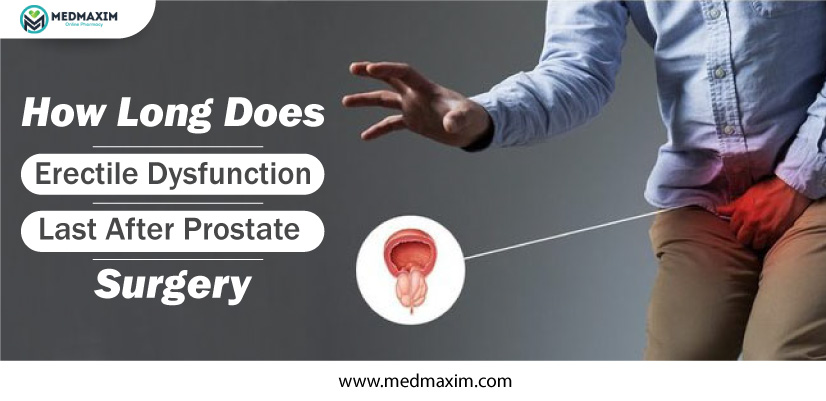The feeling of numbness, itching, tingling & difficulty eating. WHEN WILL IT GO AWAY? Unfortunately, dental local anesthesia is a necessary evil. It would be fair to say to have dental procedures done without being numb. Having said that, the post effects can be a reason to worry about. Add in that you can bite your lip, or tongue or have to wait to eat for a while and it can be very annoying. The good news is that local anesthesia comes on fast & it wears off pretty quickly. It is best to plan your day around being quite numb.
Eat before the procedure & expect to wait a while after everything is back to normal. Lidocaine will give a numb feeling for an average of 2 hours 50 minutes to 3 hours 10 minutes post the injection. This means, that if you have your anesthetic at the beginning of a 1-hour appointment, you can say that you can be numb for at least a couple of hours after the appointment. The effects can stay for a long time than that, but those are the average duration of actions.
What is Lidocaine?
Lidocaine is a well-known anesthetic that is used across dentistry, medicine, and veterinary applications. It is a local anesthetic, which means it only numbs the area you are working on. It does not work like a general anesthetic, which affects your entire body.
Lidocaine is fast-acting, wears off quickly, and is a safe anesthetic. It is the most well-known dental anesthetic used in today’s life. In the dental world, lidocaine is sold in vials that are single-use and also disposable. For dental applications, lidocaine is combined with the help of epinephrine.
Epinephrine is a vasoconstrictor which means it makes the blood vessels quite smaller. This causes the area that is injected with the lidocaine to not have a lot of blood flow. This, in turn, does not allow the lidocaine to be taken away fast & increases the amount of time that the local anesthesia will stay for.
Lidocaine is also found in topical anesthetics. Topical is the gel that you might have placed to numb the tissue before a dental injection. A topical anesthetic is usually a mix of different anesthetics involving lidocaine. Lidocaine is sold under different brand names in the United States.
How does it work
Let’s not get too far into deep details. This is a fairly complicated answer, but we can try to keep it simple. Pain is a stimulus sent by your nerves straight to your brain. These are the signals that move along nerves by an electrical current. Local anesthetics start showing their effect by interrupting this current. The signal cannot get to your brain, so the perception of pain is blocked. There are a few types of signals that are sent to the brain. For example, pain can be blocked, but pressure cannot. So, if you are having a tooth removed, you will feel some pressure.
Again, local anesthetics do not work right in the presence of infection. If you have swelling, it can cause local anesthetics to not do badly. If you are concerned about this, make sure to talk with your dentist. Also, if you have a bad toothache it can mean the nerve is inflamed or irritated. These teeth are often called “hot teeth” and can be very difficult to numb again. In general, the local anesthetics work very well. There are a few exceptions and some patients are more or less tolerant of the effect of the anesthetic.
Is anything other than Lidocaine used in dentistry?
Many commonly used anesthetics are used other than lidocaine in dentistry. These do not involve Novocain, more on that later. The other commonly used local anesthetics are listed by drug name:
- Articaine
- Bupivacaine
- Mepivacaine
- Prilocaine
It is not likely you will know what anesthetic your dentist is been using. Just know, that every dentist uses their clinical experience to make use of a local anesthetic that will work well for the situation.
How is this medicine (Lidocaine Cream) best taken?
Use lidocaine cream as ordered by your health expert. Read all the given information correctly. Follow all instructions very closely.
All rectal products:
- Wash your hands daily before and after use.
- Put on clean, dry skin.
- Put cream of lidocaine on as you have been advised by the doctor or on the package labeling.
All skin products:
- Do not take lidocaine cream by mouth. Use on your skin. Keep out of your mouth, nose, and eyes as they may burn.
- If you get lidocaine cream in any of the given areas, rinse it nicely with water.
- Wash your hands before and after use. Make sure to not wash your hands after use if putting this on your hand.
- Clean the affected part before making use of it. Make sure to dry well.
- Put on clean, dry, healthy skin.
- Do not use the coverings (bandages, dressings, make-up) unless told to do so by the doctor.
How long does numbing last?
As mentioned, while lidocaine is the well-known dental anesthetic that is used, there are several others used quite commonly. Also, the preparation, i.e is epinephrine used and in what concentration will alter how long the local anesthesia will stay for. Finally, people are variable in their metabolism of the drug & other local factors that can influence it. I will give you the average times the numbness will stay for. Make sure that, these can and will vary widely.
Lidocaine with epinephrine is the most common anesthetic used. Soft tissue anesthesia, like a numb lip or fat face, stays for an average of 170-190 minutes. So, expect to be numb for at least 3 hours. For the second common anesthetic used, articaine, expect to be numb for a little long with an average of 3 hours to 4 hours. The other anesthetics will vary, but they will all be in those general ranges. So, the bottom line, most local anesthetics that are used in dentistry stay about 3 hours, on average.





